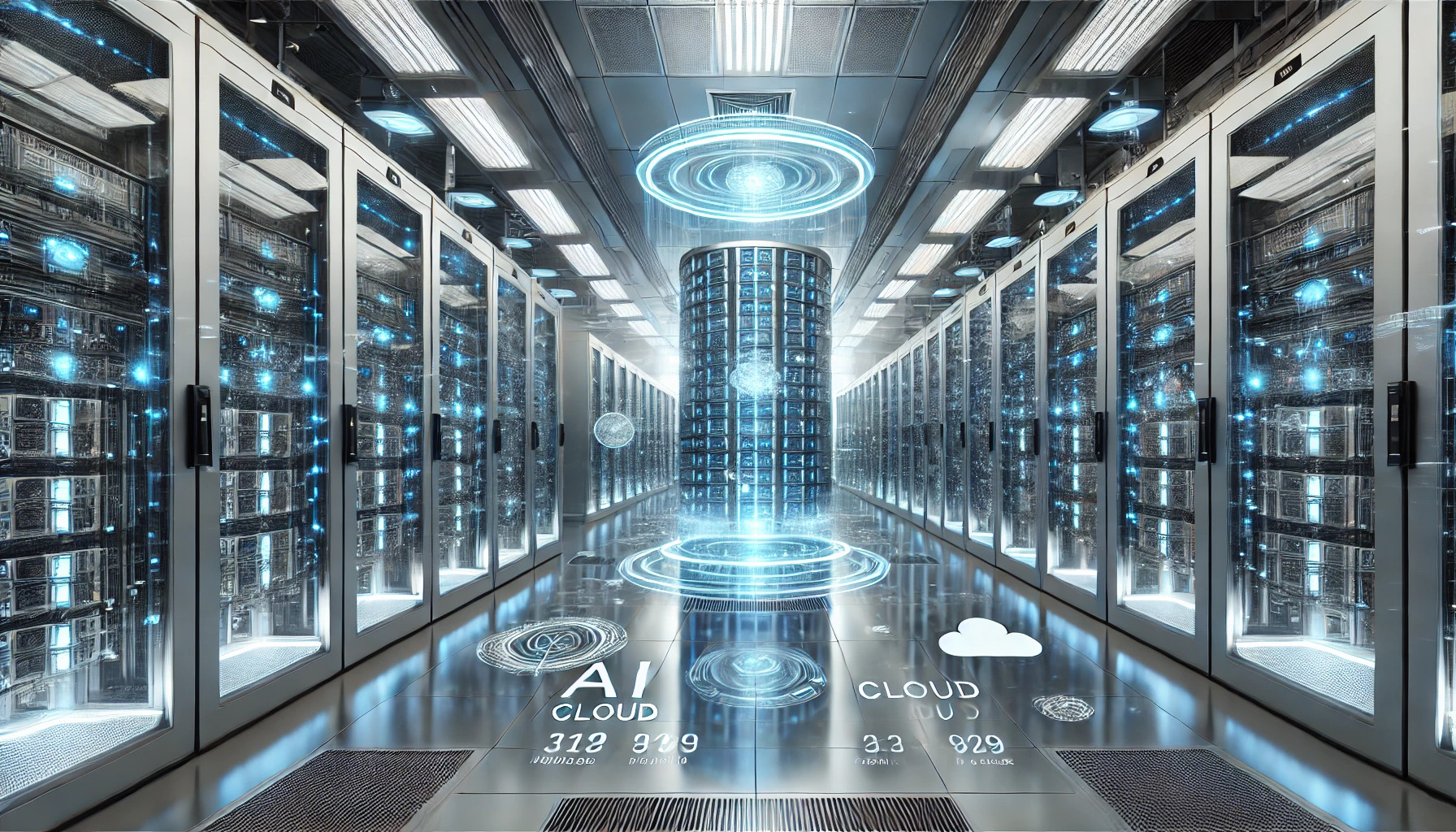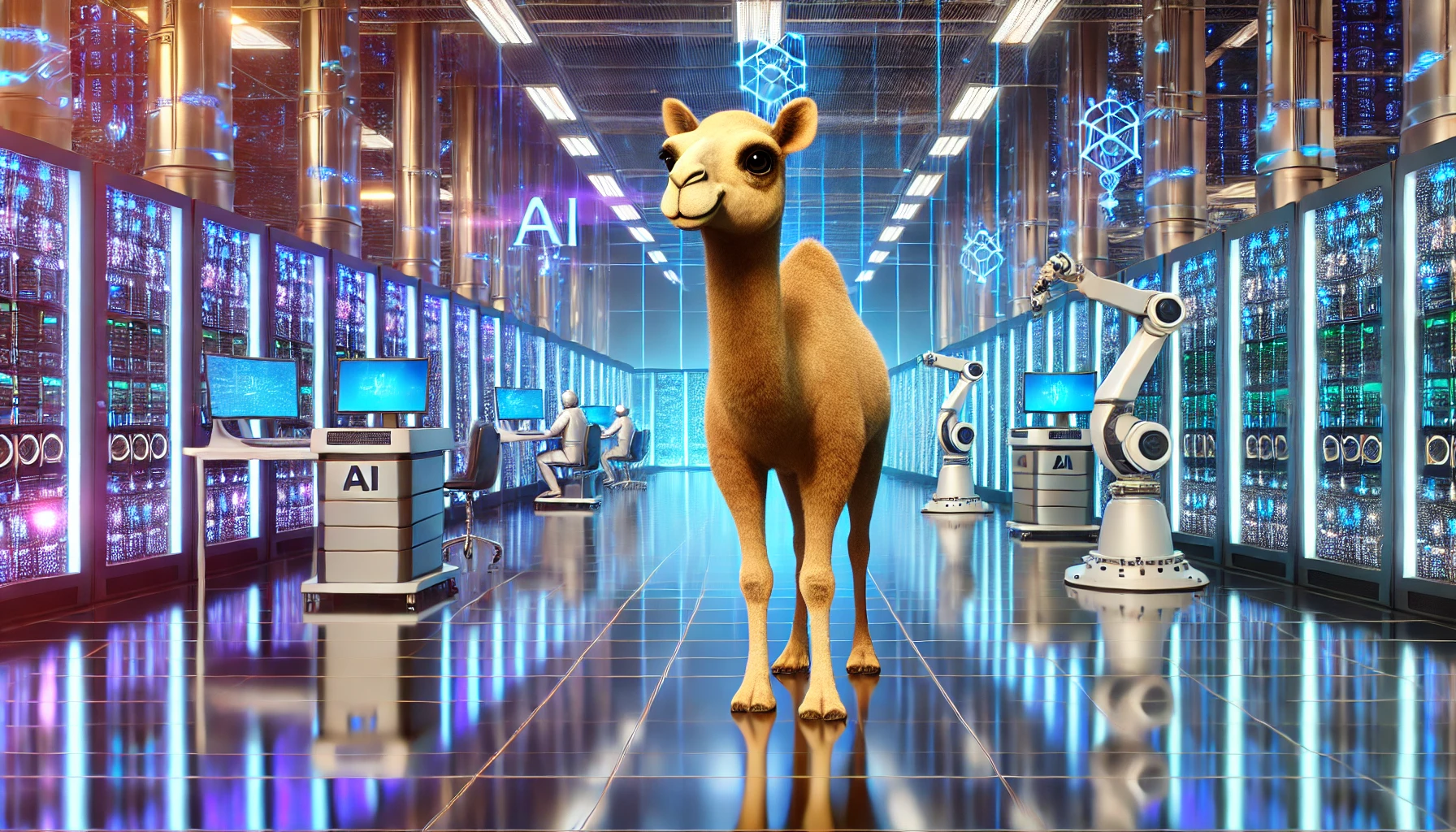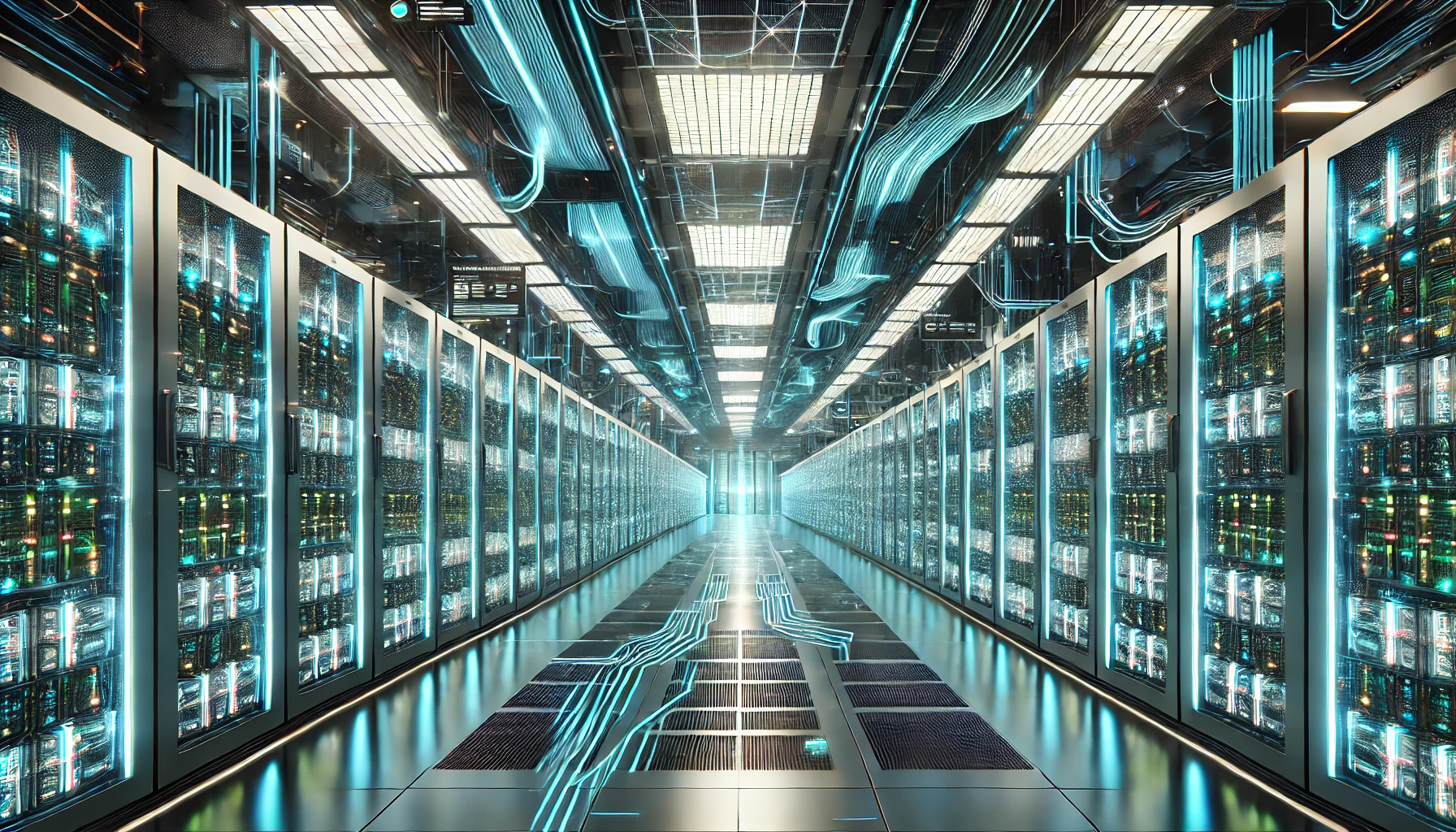A selection of the most important recent news, articles, and papers about AI.
General News, Articles, and Analyses
NotebookLM now lets you listen to a conversation about your sources
https://blog.google/technology/ai/notebooklm-audio-overviews/
Author: Biao Wang
(Wednesday, September 11, 2024) “Today, we’re introducing Audio Overview, a new way to turn your documents into engaging audio discussions. With one click, two AI hosts start up a lively “deep dive” discussion based on your sources. They summarize your material, make connections between topics, and banter back and forth. You can even download the conversation and take it on the go.”
Nvidia is partnering with this AI firm to refine climate tech
https://www.fastcompany.com/91194289/nvidia-partnering-ai-firm-refine-climate-tech
(Friday, September 20, 2024) “United Arab Emirates-based artificial intelligence company G42 has teamed up with U.S. chipmaker Nvidia to work on climate tech, G42 said on Friday, ahead of the first-ever visit to the White House by a president of the UAE next week. The Gulf-based company said in a statement the two firms would work together develop AI solutions aimed at boosting weather forecasting accuracy globally and will set up an operational base and climate tech lab in Abu Dhabi.”
Verizon hasn’t forgotten about the old AI | Fierce Network
https://www.fierce-network.com/cloud/verizon-hasnt-forgotten-about-old-ai
Author: Julia King
(Friday, September 20, 2024) “Verizon is leveraging a full spectrum of AI, including predictive AI, computer vision and generative AI. Predictive AI and computer vision help Verizon optimize 5G node placement and improve customer experience”
Using Generative AI to Automatically Create a Video Talk from an Article | Towards Data Science
Author: Lak Lakshmanan
(Monday, September 23, 2024) “Using Gemini + Text to Speech + MoviePy to create a video, and what this says about what GenAI is becoming rapidly useful for”
NVIDIA and T-Mobile US CEOs lay out vision for AI RAN
https://www.rcrwireless.com/20240923/ai-ml/nvidia-and-t-mobile-us-ceos-lay-out-vision-for-ai-ran
Author: Sean Kinney, Editor in Chief
(Monday, September 23, 2024) “As such, T-Mo is looking to leverage artificial intelligence (AI) to optimize its radio access network (RAN) in partnership with legacy telecoms kit providers Ericsson and Nokia, and accelerated computing powerhouse NVIDIA. In addition to bringing AI to bear on the RAN, Sievert and NVIDIA CEO Jensen Huang also discussed the opportunity for fallow accelerated computing resources deployed in a cellular network to create a new revenue stream.”
Gemma Open Models
“A family of lightweight, state-of-the art open models built from the same research and technology used to create the Gemini models.”
Technical Papers, Articles, and Preprints
[2409.13524] Contextualized AI for Cyber Defense: An Automated Survey using LLMs
https://arxiv.org/abs/2409.13524
Authors: Haryanto, Christoforus Yoga; Elvira, Anne Maria; Nguyen, Trung Duc; Vu, Minh Hieu; Hartanto, Yoshiano; Lomempow, Emily; and Arakala, Arathi
(Friday, September 20, 2024) “This paper surveys the potential of contextualized AI in enhancing cyber defense capabilities, revealing significant research growth from 2015 to 2024. We identify a focus on robustness, reliability, and integration methods, while noting gaps in organizational trust and governance frameworks. Our study employs two LLM-assisted literature survey methodologies: (A) ChatGPT 4 for exploration, and (B) Gemma 2:9b for filtering with Claude 3.5 Sonnet for full-text analysis. We discuss the effectiveness and challenges of using LLMs in academic research, providing insights for future researchers.”
[2409.15261] Identification and Localization of Cometary Activity in Solar System Objects with Machine Learning
https://arxiv.org/abs/2409.15261
Authors: Bolin, Bryce T. and Coughlin, Michael W.
(Monday, September 23, 2024) “In this chapter, we will discuss the use of Machine Learning methods for the identification and localization of cometary activity for Solar System objects in ground and in space-based wide-field all-sky surveys. We will begin the chapter by discussing the challenges of identifying known and unknown active, extended Solar System objects in the presence of stellar-type sources and the application of classical pre-ML identification techniques and their limitations. We will then transition to the discussion of implementing ML techniques to address the challenge of extended object identification. We will finish with prospective future methods and the application to future surveys such as the Vera C. Rubin Observatory.”
[2409.14803] Benchmarking Edge AI Platforms for High-Performance ML Inference
https://arxiv.org/abs/2409.14803
Authors: Jayanth, Rakshith; Gupta, Neelesh; and Prasanna, Viktor
(Monday, September 23, 2024) “Edge computing’s growing prominence, due to its ability to reduce communication latency and enable real-time processing, is promoting the rise of high-performance, heterogeneous System-on-Chip solutions. While current approaches often involve scaling down modern hardware, the performance characteristics of neural network workloads on these platforms can vary significantly, especially when it comes to parallel processing, which is a critical consideration for edge deployments. To address this, we conduct a comprehensive study comparing the latency and throughput of various linear algebra and neural network inference tasks across CPU-only, CPU/GPU, and CPU/NPU integrated solutions. {We find that the Neural Processing Unit (NPU) excels in matrix-vector multiplication (58.6% faster) and some neural network tasks (3.2$\times$ faster for video classification and large language models). GPU outperforms in matrix multiplication (22.6% faster) and LSTM networks (2.7$\times$ faster) while CPU excels at less parallel operations like dot product. NPU-based inference offers a balance of latency and throughput at lower power consumption. GPU-based inference, though more energy-intensive, performs best with large dimensions and batch sizes. We highlight the potential of heterogeneous computing solutions for edge AI, where diverse compute units can be strategically leveraged to boost accurate and real-time inference.”




